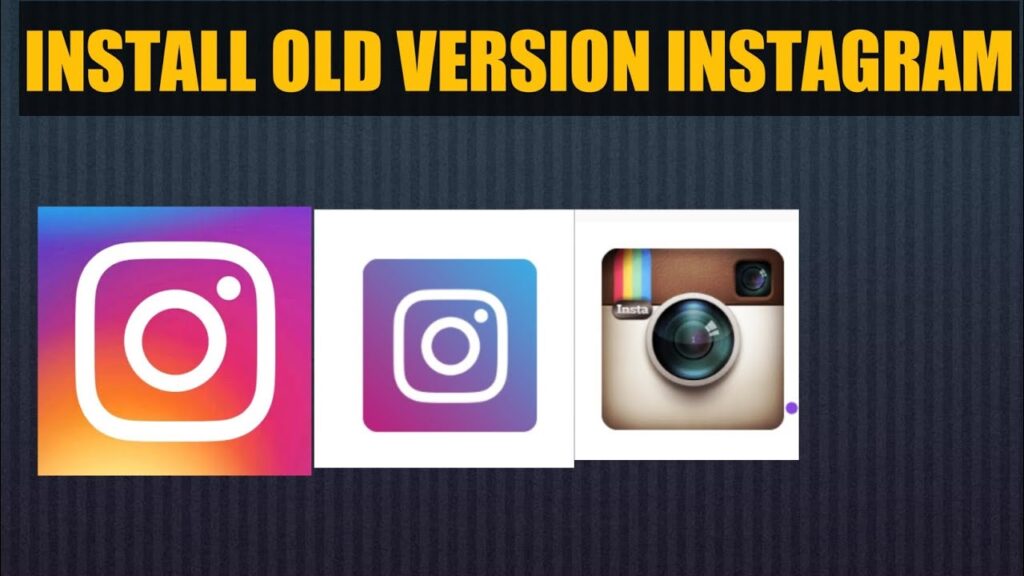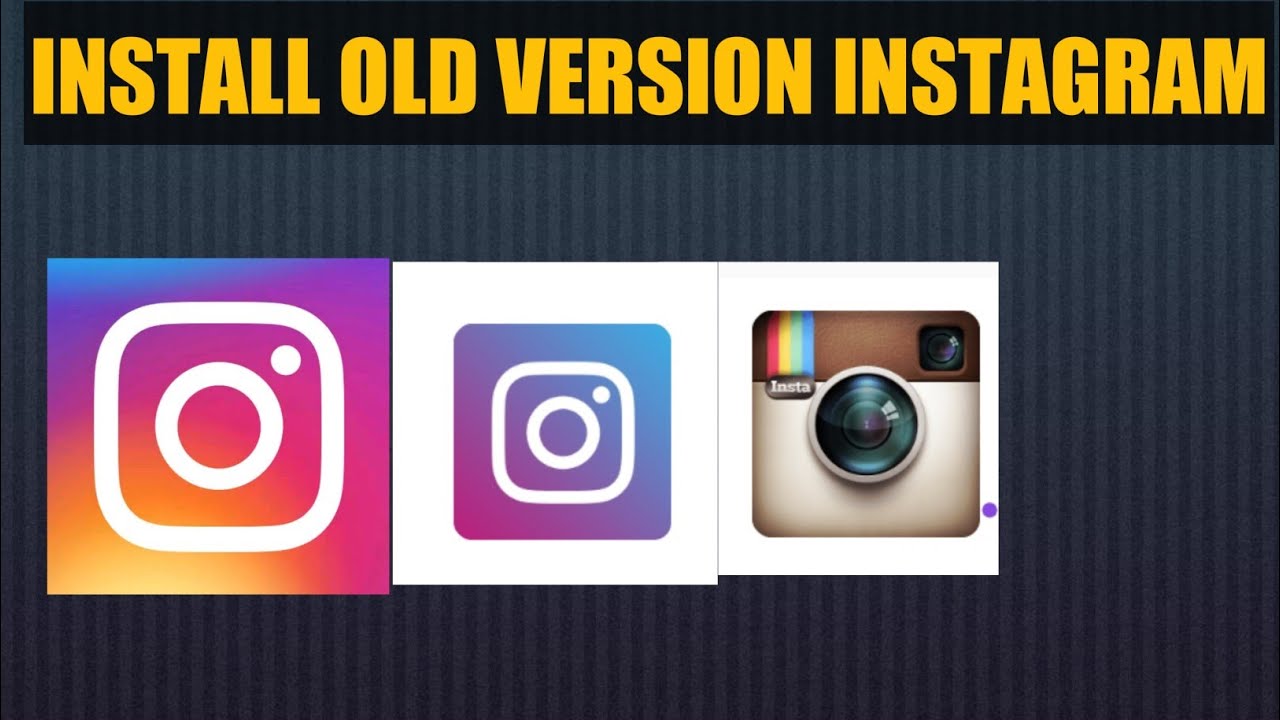
How Old to Have Instagram: Navigating the Age Requirement and Safety Concerns
Instagram, a ubiquitous social media platform, has become a central part of modern communication, self-expression, and even commerce. But before diving into the world of filters, stories, and direct messages, a crucial question arises: how old to have Instagram? The platform has a minimum age requirement, but that’s just the starting point. This article will delve into the specifics of Instagram’s age policy, the reasoning behind it, the potential risks for younger users, and practical tips for parents to ensure a safer online experience for their children.
Instagram’s Official Age Requirement
According to Instagram’s official terms of service, the minimum age to create an account is 13 years old. This requirement aligns with the Children’s Online Privacy Protection Act (COPPA) in the United States and similar regulations in other countries. COPPA aims to protect the privacy of children under 13 by requiring websites and online services to obtain parental consent before collecting, using, or disclosing personal information from them.
While the how old to have Instagram question seems straightforward with a simple answer of 13, the reality is more complex. Verifying age online is notoriously difficult, and many younger children create accounts by falsely claiming to be older. This raises significant concerns about their exposure to inappropriate content, online predators, and the potential impact on their mental and emotional well-being.
Why is There an Age Requirement?
The age requirement isn’t arbitrary; it’s designed to protect younger users from potential harm. Instagram, like other social media platforms, can expose users to various risks, including:
- Inappropriate Content: Instagram contains a vast amount of content, some of which may be sexually suggestive, violent, or otherwise unsuitable for children.
- Cyberbullying: Bullying can take many forms online, including harassment, threats, and spreading rumors. Younger users may be particularly vulnerable to cyberbullying.
- Online Predators: Predators may use social media platforms like Instagram to groom and exploit children.
- Privacy Concerns: Sharing personal information online can put children at risk of identity theft and other forms of exploitation.
- Mental Health Issues: Studies have linked excessive social media use to anxiety, depression, and body image issues, especially among young people.
By setting a minimum age, Instagram aims to reduce the likelihood of children encountering these risks. However, it’s crucial to remember that age verification is not foolproof, and parental involvement remains essential.
The Challenges of Age Verification
Despite Instagram’s efforts to enforce its age policy, verifying the age of users online remains a significant challenge. Most users can easily bypass the age gate by simply entering a false date of birth. Instagram relies on users to self-report their age, which is often inaccurate, especially when children are eager to join the platform.
To combat this, Instagram has implemented some measures, such as using artificial intelligence to detect suspicious behavior and asking users to provide proof of age in certain situations. However, these measures are not always effective, and many children still manage to create accounts before they are how old to have Instagram according to the platform’s rules.
What Happens if a User is Underage?
If Instagram discovers that a user is under 13, the account will be disabled. However, this is often a reactive measure, meaning the account may have been active for some time before being detected. Furthermore, children can easily create new accounts using different email addresses or phone numbers.
Instagram has also been exploring ways to encourage users to accurately report their age. For example, they may ask users to confirm their age when they reach a certain threshold, such as when they start following a large number of accounts or engaging in certain types of activities.
Parental Controls and Monitoring
Given the limitations of age verification, parental involvement is crucial to ensuring a safe online experience for children. Parents should talk to their children about the risks of social media and set clear expectations about online behavior.
Here are some practical tips for parents:
- Discuss Online Safety: Have open and honest conversations with your children about the potential risks of social media, including cyberbullying, online predators, and inappropriate content.
- Set Clear Rules and Expectations: Establish clear rules about what your children can and cannot do online, including time limits, types of content they can view, and who they can interact with.
- Monitor Their Activity: Use parental control tools to monitor your children’s online activity, including their Instagram accounts. Be aware of who they are following and who is following them.
- Use Instagram’s Built-in Features: Instagram offers several features that can help parents protect their children, such as private accounts, comment filtering, and the ability to block or report users.
- Educate Yourself: Stay informed about the latest trends and risks in social media. The more you know, the better equipped you will be to protect your children.
- Consider Waiting: Even if your child is technically how old to have Instagram, consider whether they are mature enough to handle the responsibilities and risks associated with social media.
Private vs. Public Accounts
One of the most important steps parents can take is to ensure that their child’s Instagram account is set to private. A private account means that only approved followers can see their posts, stories, and profile information. This significantly reduces the risk of unwanted attention from strangers and potential predators.
To set an account to private, go to the account settings and toggle the “Private Account” option to the “On” position. This simple step can make a big difference in protecting your child’s privacy and safety. [See also: Instagram Privacy Settings Explained]
Reporting Inappropriate Content and Users
Instagram has a robust reporting system that allows users to report inappropriate content and users. If your child encounters content that is offensive, harmful, or violates Instagram’s community guidelines, encourage them to report it immediately.
To report content, tap the three dots in the upper-right corner of the post or profile and select “Report.” You will then be prompted to choose a reason for reporting, such as “It’s spam,” “Nudity or sexual activity,” or “Hate speech or symbols.”
Reporting users who are engaging in harassment, cyberbullying, or other harmful behavior is also important. By reporting these users, you can help protect your child and other users from harm. [See also: How to Report a User on Instagram]
Alternative Social Media Platforms
If you are concerned about the risks of Instagram, you may want to consider alternative social media platforms that are specifically designed for younger users. These platforms often have stricter safety measures and more parental controls.
Examples of such platforms include:
- Messenger Kids: A messaging app from Facebook designed for children under 13. It requires parental approval for all contacts and does not allow children to connect with strangers.
- YouTube Kids: A version of YouTube that features curated content that is appropriate for children. It also offers parental controls and filtering options.
While these platforms may offer a safer environment, it’s still important to monitor your child’s activity and talk to them about online safety. [See also: Best Social Media Apps for Kids]
The Impact of Social Media on Mental Health
It’s essential to consider the potential impact of social media on your child’s mental health. Studies have shown that excessive social media use can contribute to anxiety, depression, body image issues, and sleep disturbances.
Encourage your child to take breaks from social media and engage in other activities that promote their well-being, such as spending time with friends and family, exercising, and pursuing hobbies. Talk to them about the importance of self-esteem and not comparing themselves to others online. Understanding how old to have Instagram is just the first step; understanding its impact is equally important.
If you are concerned about your child’s mental health, seek professional help. A therapist or counselor can provide support and guidance. [See also: Social Media and Teen Mental Health]
Conclusion: Making Informed Decisions About Instagram
Determining how old to have Instagram is a decision that requires careful consideration. While Instagram’s official age requirement is 13, parental involvement is crucial to ensuring a safe and positive experience for children. By understanding the risks, setting clear expectations, and monitoring their activity, parents can help their children navigate the world of social media responsibly. Remember that age is just a number; maturity and responsible online behavior are equally important factors to consider. The key is to be informed, proactive, and supportive in guiding your child’s online journey. Even if they are technically how old to have Instagram, make sure they are ready for the responsibility it entails. Talking openly and honestly about the potential dangers, setting boundaries, and consistently monitoring their activity will help ensure a safer and more positive experience. The platform itself offers tools and resources to aid in this, but ultimately, parental guidance is indispensable for navigating the complex landscape of social media. Considering all aspects, from age restrictions to mental health impacts, allows for a well-rounded approach to social media usage. When considering how old to have Instagram, it is important to remember the potential risks and rewards of using the platform. Parents should weigh these factors carefully and make a decision that is in the best interest of their child. Ultimately, the goal is to empower children to use social media responsibly and safely, while also protecting them from potential harm. Remember that the question of how old to have Instagram is a nuanced one, requiring thoughtful consideration and proactive parental involvement.

